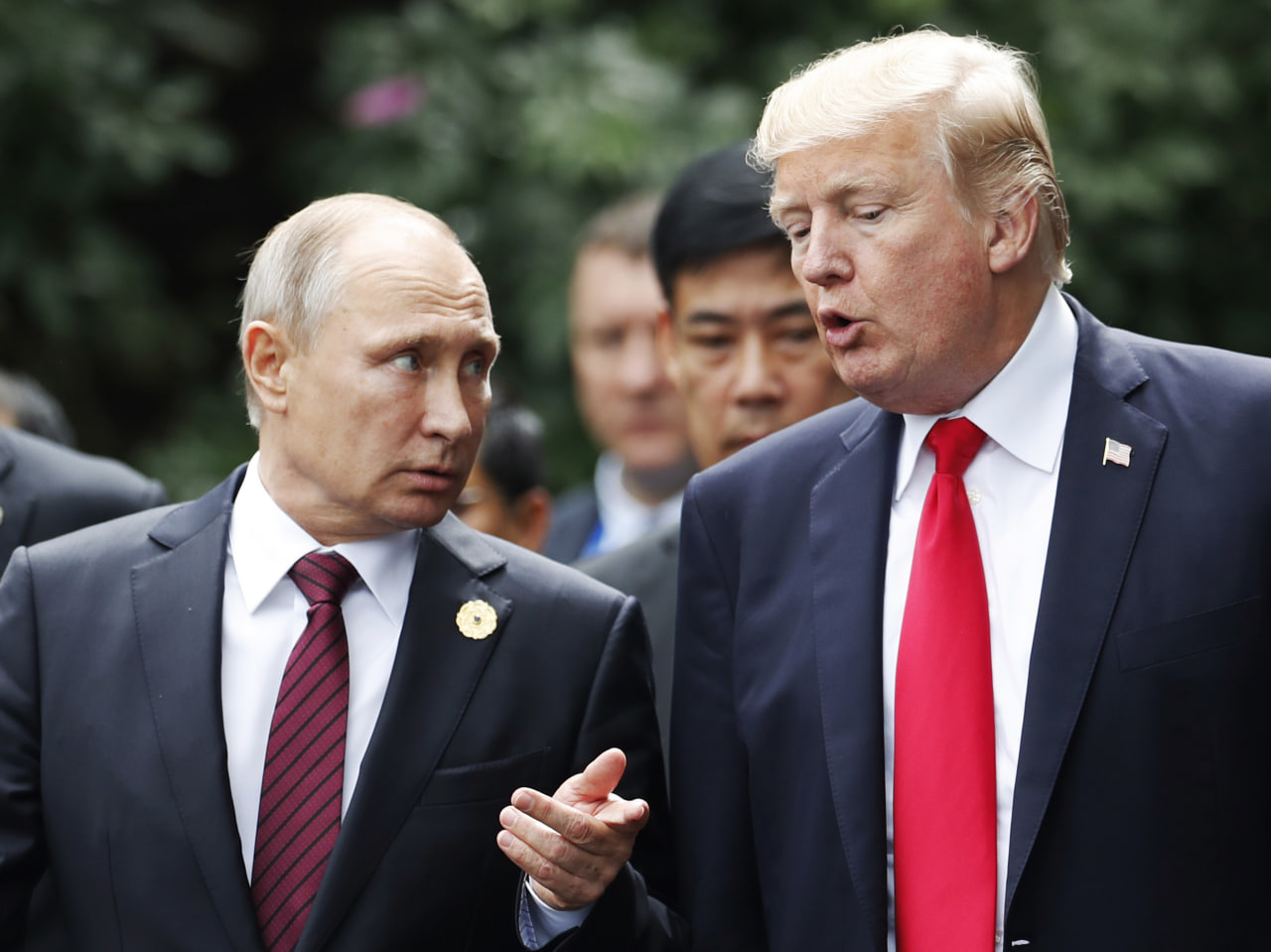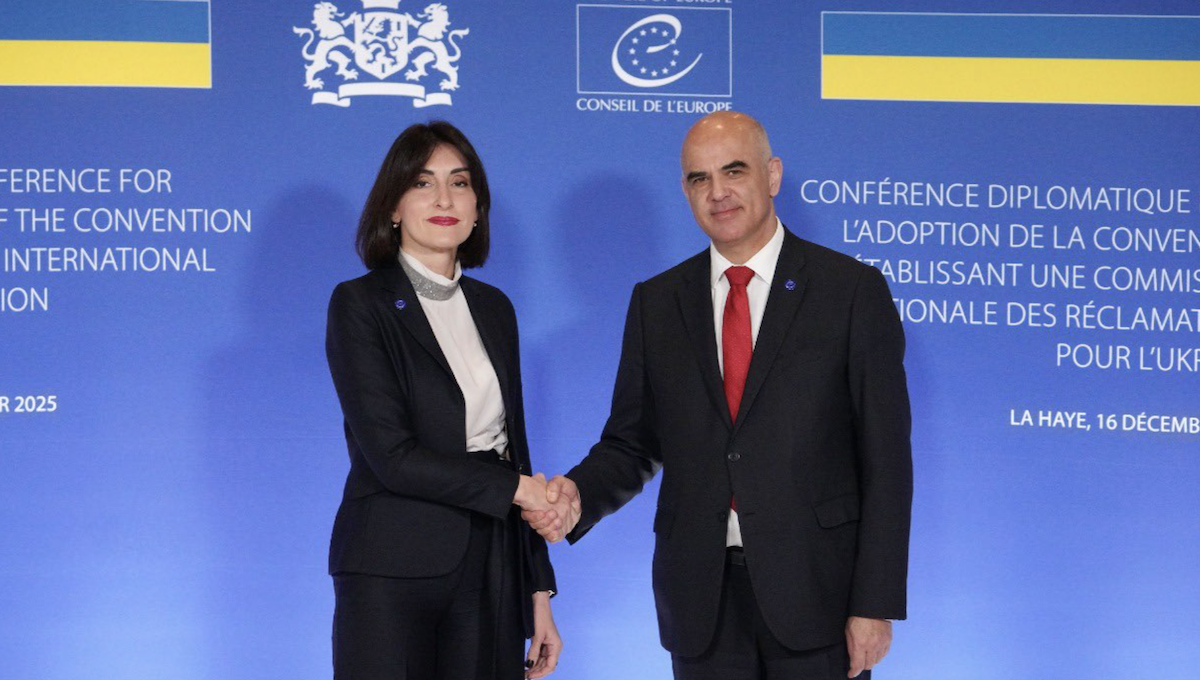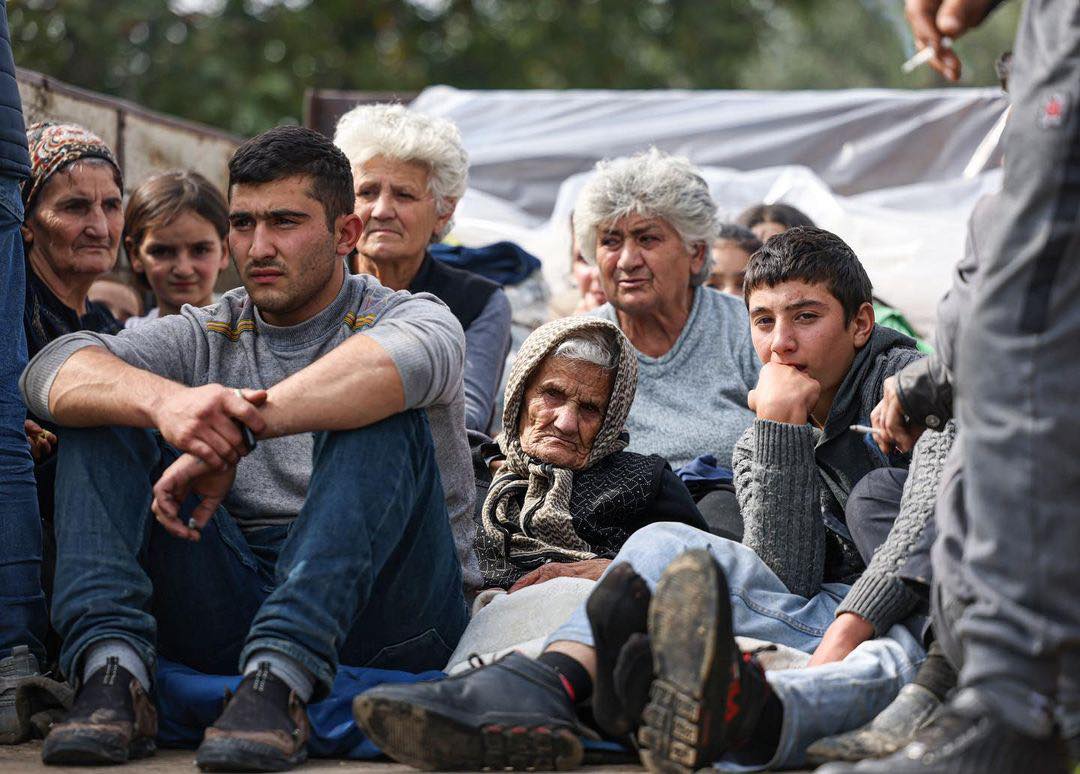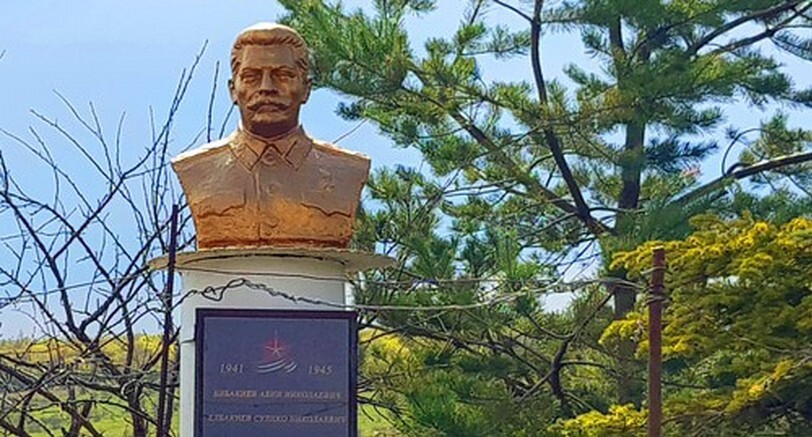What might U.S. want and need from South Caucasus under Trump? View from Baku
U.S. under Trump and South Caucasus
Under Donald Trump, the U.S. will seek to reduce Russian and Iranian presence in the South Caucasus while ensuring secure access to and from Central Asia, according to analysts from the South Caucasus Studies Center (CSSC). “With a pragmatic approach, Washington can obtain everything it needs from the region while spending minimal resources,” they write.
- By escalating tensions with Azerbaijan, Russia creates chaos in South Caucasus – View from Baku
- Salome Zourabichvili to attend Munich conference, vows to warn West of danger
- ‘Russian mediation unlikely—we’ve felt its consequences firsthand,’ says Armenian parliament speaker
“Every U.S. administration claims to be guided solely by national interests in its foreign policy. What matters is how U.S. authorities define their national interest concerning a particular country or region. At present, the formulation of U.S. national interests under Trump’s interpretation is taking shape, focusing on the hemisphere where the U.S. is located, Russian aggression against Ukraine, and developments in the Middle East.
As seen in the title, two seemingly similar concepts—’want’ and ‘need’—are used. In a geopolitical context, these terms have a significant difference. ‘Need’ refers to the objective interests of the state, its companies, and its allies.
‘Want,’ on the other hand, involves subjective factors and advancing national interests through a full range of tools, from manipulation and sanctions to investments and aid.
U.S. foreign policy has traditionally combined pragmatism (‘need’) with ideological approaches (‘want’). For example, the Biden-Blinken administration’s stance on our region and the Armenia-Azerbaijan negotiations was driven more by ‘wants’ than by what the U.S. actually ‘needed.'”
Undoubtedly, the South Caucasus is a peripheral region for the U.S., but the key question is: peripheral to what? Is it part of the post-Soviet space, the Greater Middle East, or a gateway to Central Asia? At present, the South Caucasus remains a secondary issue within broader strategic themes—Russia’s aggression against Ukraine, Iran, and logistics to Central Asia.
Under Trump, we see a shift toward optimizing resources allocated for foreign policy. Soft power tools are being restructured—USAID is being shut down, funding for media structures may be suspended, and the U.S. military is planning withdrawals, such as from Syria. This indicates a focus on consolidating resources domestically while relying on allies to operate in strategically important regions.
So, what does the U.S. need in the South Caucasus?
“Depending on the situation in the three key areas outlined, the U.S. will need:
- Less Iran in the region – reducing economic ties between regional countries and Iran, blocking Iran’s military presence, and ensuring the security of projects that fall within the interests of the U.S. and its allies.
- Less Russia – decreasing Russia’s military, political, and economic presence in the region.
- Securing access points to and from Central Asia via the South Caucasus – including pipelines, roads, and infrastructure such as internet and electricity cables.
This represents an objective picture of a pragmatic approach.”
What about the countries of the region?
Let’s examine the situations in the regional countries:
- Georgia is under pressure from the U.S. and is trying to navigate its way out. It has developed a narrative for engagement with Washington—framing itself as fighting the “deep state,” opposing the “global war party,” and embracing traditionalism (anti-LGBT stance). However, the Georgian government lacks strong communication channels to effectively deliver this narrative. Based on U.S. interests, Georgia aligns entirely with what the U.S. “needs.”
- Azerbaijan has also crafted a narrative that aligns with U.S. goals. It possesses the necessary resources and infrastructure (pipelines, railways, and ports) to facilitate predictable cooperation with Washington based on U.S. “needs.” For Baku, the priority is establishing clear communication channels with the U.S.
- Armenia remains within the paradigm of the previous U.S. administration and is dependent on American aid and support. While Armenia does not have the resources to meet U.S. “needs,” it does have established communication channels with Washington.
Thus, it can be concluded that with a pragmatic approach, the U.S. can obtain everything it “needs” in the region while spending minimal resources.
However, if policy is influenced by “wants”—as reflected, for example, in the letter from pro-Armenian congressmen to the U.S. Secretary of State—then Washington under Trump will face the same challenges as the Biden-Blinken administration.




















